Covering task #4 of the Read Harder Challenge (Read a history book by a BIPOC author) aligns perfectly with the mission of the In Reading Color newsletter.
Why Focus on U.S. History
My selections for this task primarily delve into U.S. history, and there’s a deliberate reason behind this choice. Much like the existence of various heritage months, the need for BIPOC literature-based platforms like ours underscores a significant gap in historical and literary representation. Many BIPOC narratives remain marginalized or omitted altogether in mainstream discussions of history and literature.

Books as Corrective Narratives
The books recommended below serve not only as supplements for learning history but also as corrective narratives. They aim to rewrite historical accounts and amplify marginalized voices, providing crucial perspectives on the past. From Indigenous peoples’ contributions to the complexities of Asian American history, these works offer diverse and insightful perspectives.
Book Recommendations
For All Readers:
The Rediscovery of America: Native Peoples and the Unmaking of U.S. History by Ned Blackhawk
This National Book Award-winning account reexamines U.S. history through the lens of Indigenous peoples, highlighting their pivotal role in shaping the nation’s trajectory. Blackhawk meticulously traces five centuries of history, revealing the profound influence of Native nations on major historical events.
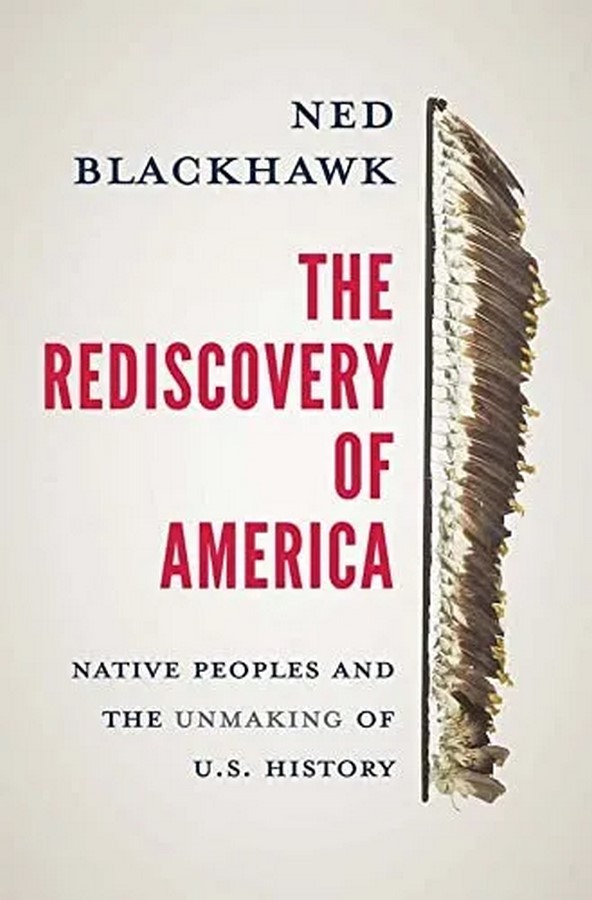
Illustrated Black History: Honoring the Iconic and the Unseen by George McCalman
Celebrated graphic designer George McCalman pays homage to the multifaceted contributions of Black Americans across various fields. Through captivating illustrations and compelling biographies, this book commemorates both well-known figures like Nina Simone and lesser-known trailblazers like Dr. Eliza Ann Grier, offering a rich tapestry of Black history.


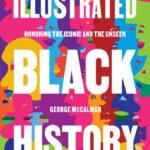
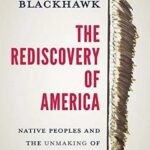



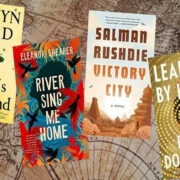

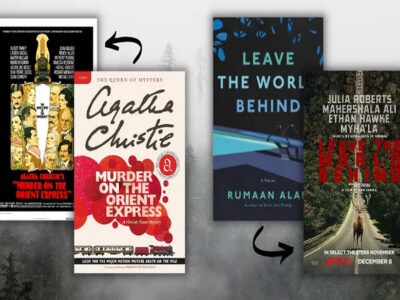
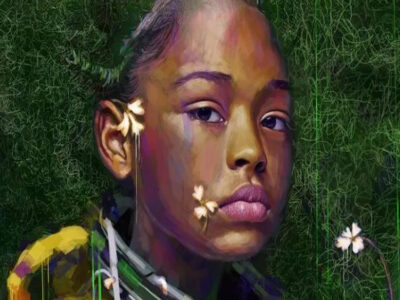

Comments